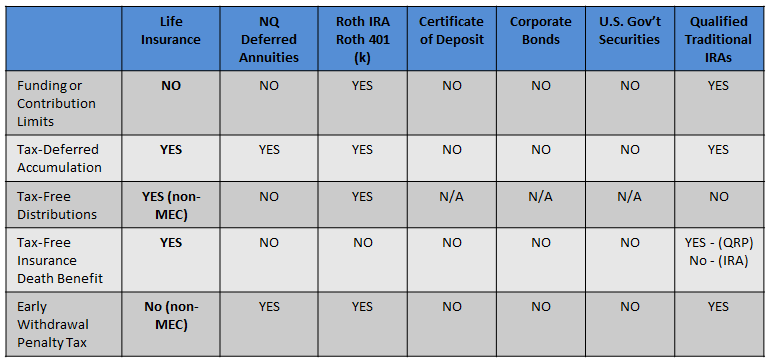Under the Affordable Care Act, also called Obamacare, all Americans must have health insurance or risk paying a fine. But there are exemptions, and one of those is for people who belong to something called “health care sharing ministries.”
Members of these sharing ministries, which have more than 500,000 members around the country, help cover one another’s medical costs as they arise. Twenty-nine states have strong legal protections for the groups.
Some ministries require monthly payments to a centralized administrator, who then pays out to needy members, while others ask members to send their monthly payments directly to those in need, and often they do so with prayers attached.
The ministries don’t provide guarantees and preventive care is not included, but members say the advantages of being in a caring community outweigh the risks.
Here & Now’s Robin Young speaks with James Lansberry, executive vice president of Samaritan Ministries International, a key health care group.
Interview Highlights: James Lansberry
On the factors compelling people to join
“Cost is certainly a factor for members who join, but most of our members are actually joining because they want to be a part of a community faith that is like-minded, that gives them health care options consistent with their religious values. They want something that’s both compliant with the Affordable Care Act and consistent with their religious beliefs.”
How his health care sharing ministry works
“Our members are sharing directly from one family to another. And that’s really part of the personal, vital, community-based approach our members are looking out for. They have this ability to share directly with one another’s needs, they send a note or a card along with it, they are praying with one another. And so when you talk to our members who have had medical needs before, they never, ever mention the money first. They’re always talking about the prayers, the cards, the encouragement that being a part of that community brings.
On the unpredictability that can come with the organization’s reliance on faith
“There are no guarantees built into this, it’s a non-insurance option. And so the faith-based nature of it is very important to our members. But the members have been coming through for one another. My own family had a need of over $200,000 three years ago at the birth of my youngest son and it was just an amazing experience to get notes and cards from people in 43 different states. I’ve got a stack of notes in my office that’s four inches tall. People that I’ll never meet this side of heaven were praying for us, encouraging us, and taking part in that trial with us.”
On the procedures that are not covered
“There are things we do not share, including the abortion of a living child. We also don’t share in preventative care or routine maintenance care.
Whether the organization worries about people who don’t necessarily share the same beliefs signing up
“If someone were to join with a suspect statement of faith, that’s certainly nothing we’ll ever be able to prevent completely. Our members are signing off to a statement of faith, and we’re trusting them that they’re going to be honest with us. And if someone were to do that in a dishonest way, sure, that could happen. We’re not concerned about that breaking anything with our system. In fact, we have an opportunity at that point to reach out with the Christian faith to the people who are there.”
On the organization’s refusal to cover behavior it views as immoral, such as drunk driving accidents
“I think when we’re dealing with members who have needs that are related to their individual behavior, the issue goes in both directions. First, the members who are sharing in the needs have a reasonable expectation that everyone is working together as a community to try to keep health care costs in line. And because of that, that moral hazard that goes along with self-inflicted problems, whether it be a drunk driving accident as you mentioned, those are handled differently. But as we try to deal with our members with grace and truth, we do everything we can to make sure that they get what kind of help they need in that context, but those needs do not occur very often at all. Our members have a sense of moral responsibility to try to watch out for one another’s bank account. And that’s really what makes Samaritan Ministries’ personal touch work for me. When someone has a large need and they’re thinking about cost-benefit analysis, they’re not thinking, ‘Oh well, there’s a rich insurance company out there that’s got money, we’ll just get whatever test we need.’ We have someone else who’s saying, ‘Well, I want to make sure these are the actual tests I need, these are the actual treatments that I need.’ That’s part of what keeps the costs lower for us



